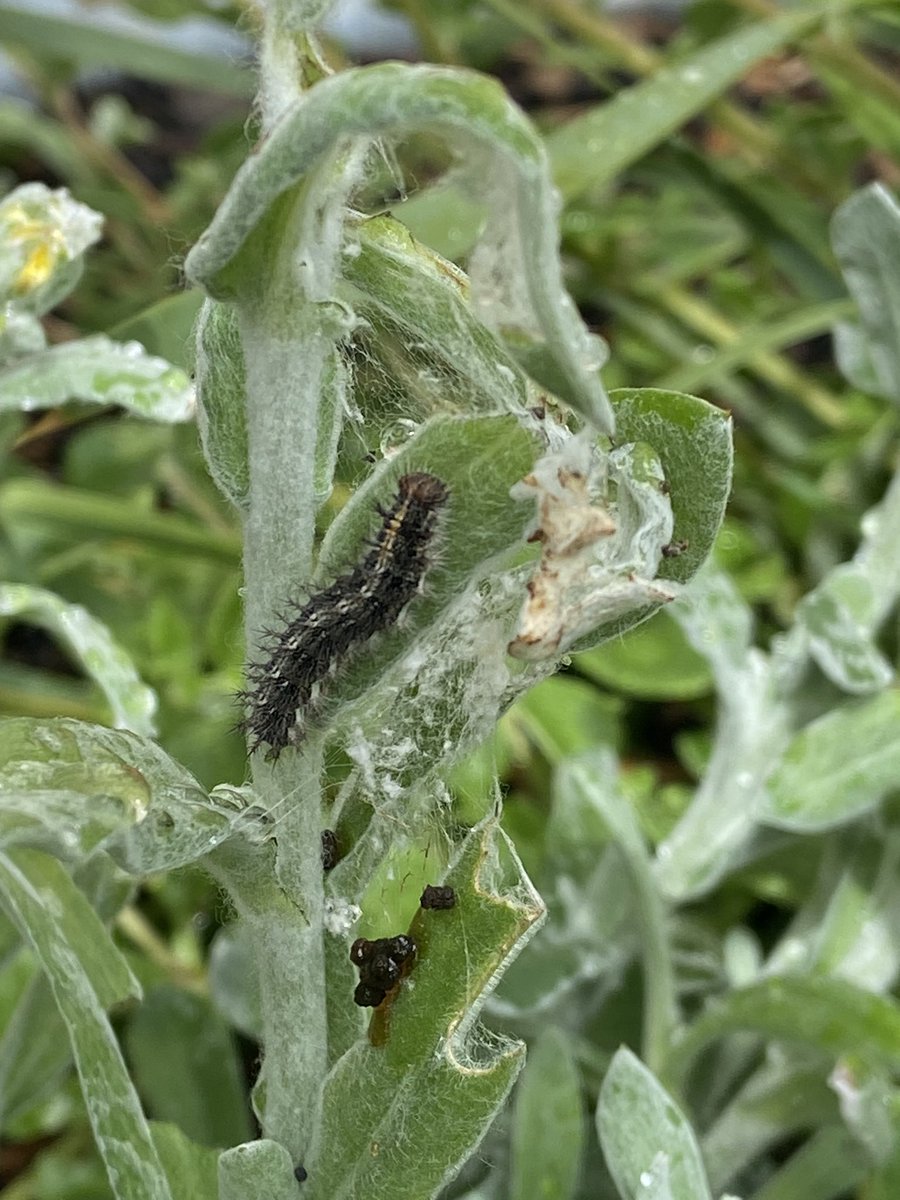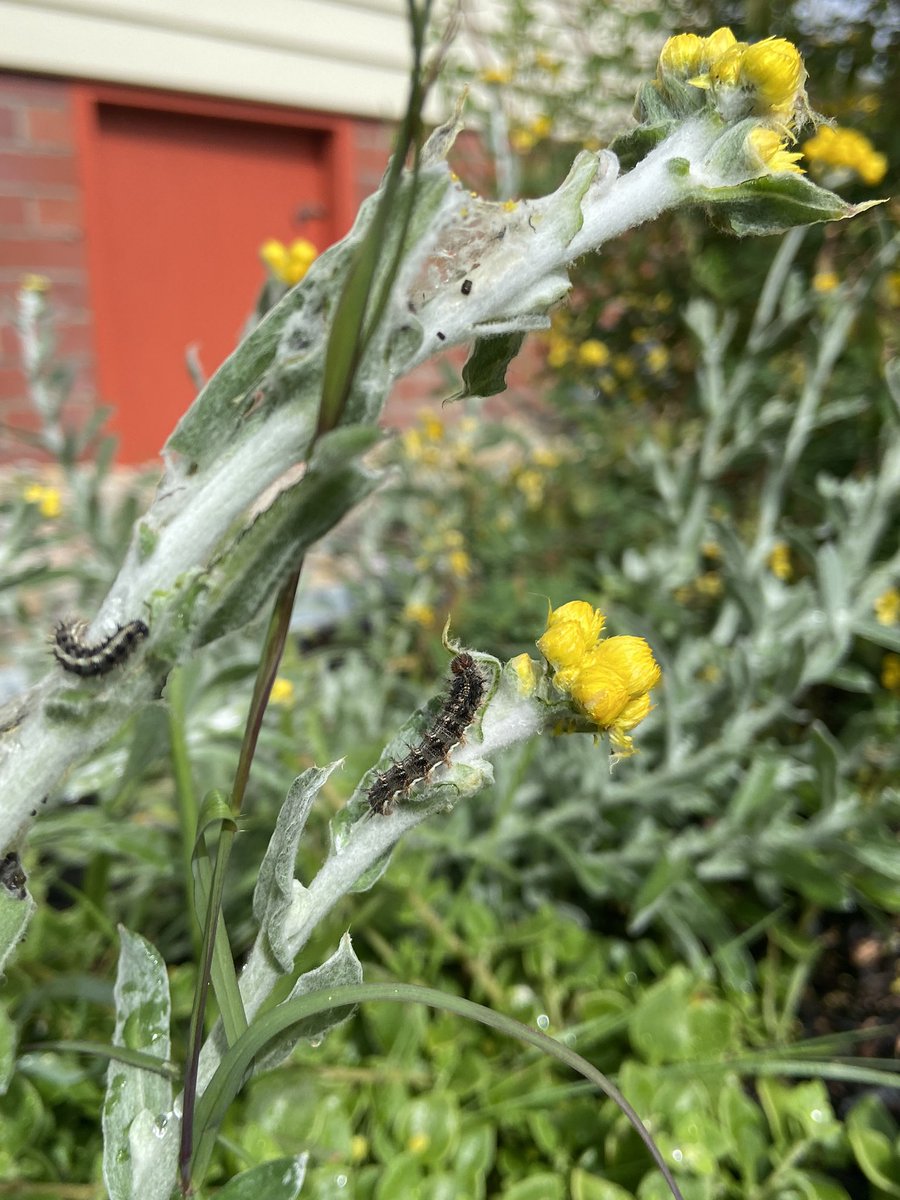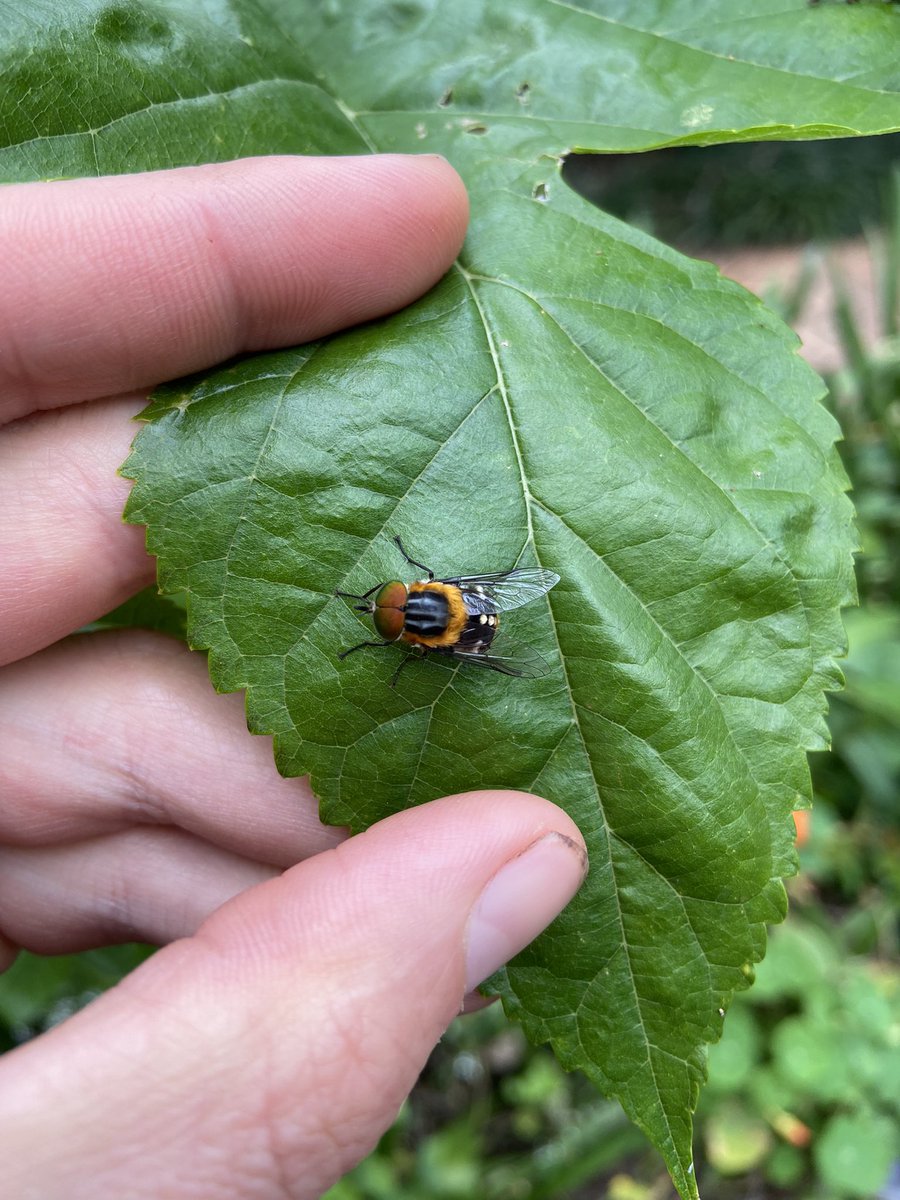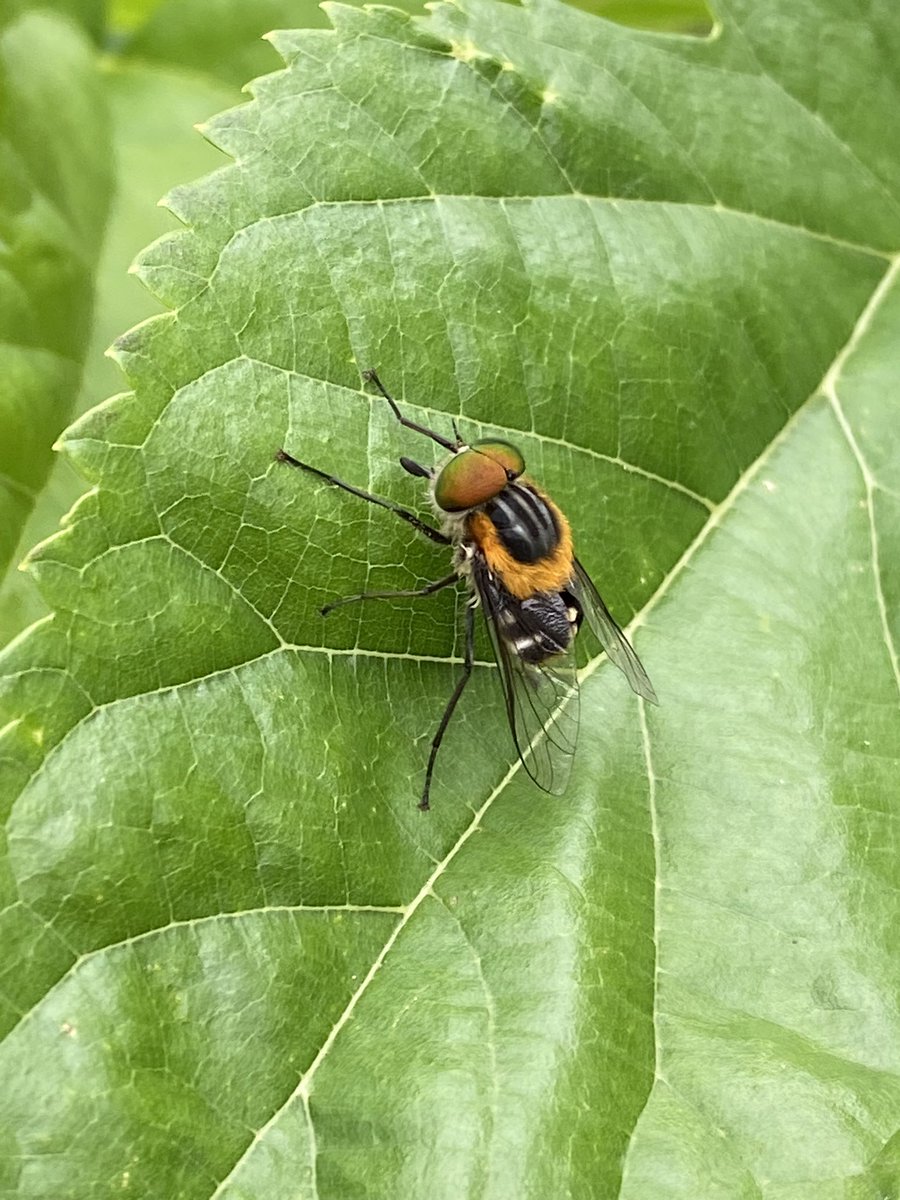
Dr Jon Finch
@JtdFinch
Researcher and Lecturer in Entomology @TASinAG @UTAS_ Uni page: http://bit.ly/3ICA5J7 Google scholar: http://bit.ly/3oIjCLQ
Read about our disgusting mango research and the importance of flies as pollinators: The essential fly smithsonianmag.com/science-nature…

65mm of rain overnight and the #Snug river is pumping #Tasmania
Restoring functional farmland biodiversity for biological pest control: Trends in Plant Science cell.com/trends/plant-s…
Our new paper, based on data from 1,705 studies, shows that pesticides are toxic to organisms they are not intended to harm, including fungi, microbes, plants, insects, & vertebrates such as ourselves. Questions the wisdom of applying over 3 million tonnes of them every year...
New year, new degree? A new PhD project - including scholarship - is designed to examine economic, environmental and/or social co-benefits and trade-offs associated with greenhouse gas emissions mitigation: utas.edu.au/research/degre…
🧬 Groundbreaking pest control: Scientists create "toxic male" insects that reduce female populations faster than traditional methods. Could help fight disease-carrying bugs like mosquitoes! nature.com/articles/s4146…
My first paper #published of 2025 - a great collab with a #bee #team ! Global Change Biology | Environmental Change Journal | Wiley Online Library onlinelibrary.wiley.com/doi/10.1111/gc…
“ agroecology & sustainable intensification discourses claim to have the solution to agricultural sustainability but are largely inexplicit about their guiding assumptions & their own limitations, and rarely engage with research in the other discourse.” nature.com/articles/s4189…
One in 10 woody plants build domatia, tiny homes for mites on their leaves. The mites benefit the plants by eating fungal and arthropod pests. The relationship is so successful that mite domatia have independently evolved hundreds of times. In PNAS: ow.ly/6aR350Uj4IC
"Bumblebee population increases 116 times over in 'remarkable' Scotland rewilding project." Read that again: **116** times. Why are we STILL having to argue the case for rewilding?? scotsman.com/hays-way/bumbl…
Get children interested in insects with our range of learning resources 🐞 Do you have a great insect-related learning resource? Share it with us: insectweek.org/learning-resou… #InsectWeek #Entomology #Learning #Resource #School #Education #Animals #Science
🚨Job Opening🚨 Cornell University’s Dept. of Entomology seeks an Assistant Professor - Field Crops Entomologist for a 9-month, tenure-track position in Ithaca, NY (60% Research/40% Extension)! A great opportunity to develop IPM research & extension programs for field crops. Join…
Received two MSc theses to provide feedback on today and I'm fairly sure that neither student slept over the weekend 🫤 Due for submission in less than 12 hours...
Check out this awesome PhD opportunity with my colleague Clem looking at impacts of feral animals on wetland and river health in Arnhem Land: bit.ly/4e1aUP2
Planted some common everlasting in our garden recently and I’m thrilled to see its now nourishing some Australian painted lady caterpillars (Vanessa kershawi), one of Australia’s best known migrant butterflies. I will plant more!


New project led by @JamesMakinson with 2 x PhD scholarships on bumble bees! Join us to explore the effects of invasive bumble bees in Tasmania's natural and agro ecosystems. See link for more details tinyurl.com/462h3wsh
What’s this fabulous long legged #tabanidae? Seen in the #BlueMountains, #NSW, #Australia



🚨JOB ALERT🚨 Interested in how the microclimate mediates the coexistence of species rich insect communities? Us too! Come and work @CUBiosciences with me, @andrewbdavies, @cjanion and @RebeccaASenior on our @HFSP funded project. Full advert: bit.ly/CardiffAntJob
Regarding the recent application by @NFUtweets to allow 'emergency' use of neonics on sugar beet, this image explains the problem: most of the pesticide goes into soils, leaches into waterways, & is taken up by wildflowers & hedgerows. Only 5% in crop. nature.com/articles/natur…